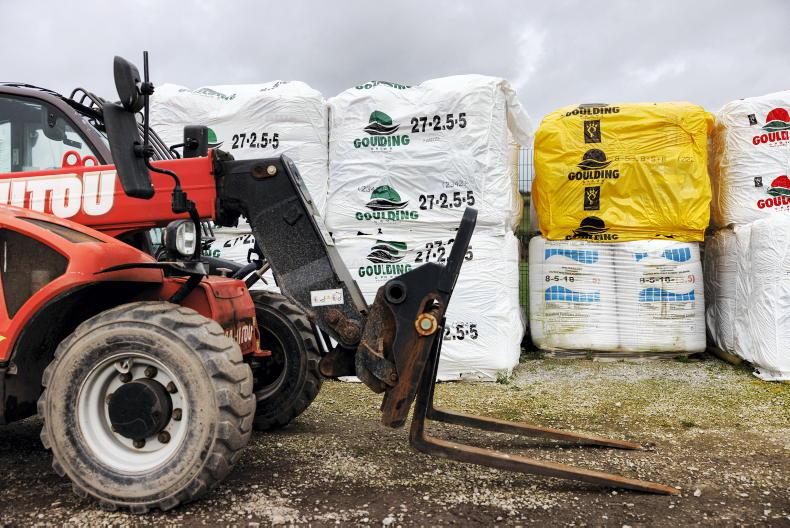We got our second cut silage in the pit here last week. It is a few weeks later than I had planned, but we got great weather for it, so I am happy.
A good few farmers went a week earlier and got caught with rain.
This is yet another example of how tough this year has been. It won’t be the best quality due to the later cutting combined with my protected urea fertiliser not working properly.
But, it is dry and will be OK for dry cows.
There was a lot of “striping” in it, which meant it was fairly uneven and stemmy.
A lot of farmers contacted me since my last article, to say they had the same problems with protected urea.
Some of them used the same protected urea product I did and they also noted this same “striping” problem.
It was spread at widths of 15m to 24m with the same problem, so while some people suggest that the spread width could be to blame, that can be knocked on the head, in my opinion.
We all agree that weather, obviously, has a major part to play in poor grass growth, but this seems to be a different issue and the common denominator seems to be our use of protected urea. It’s hard to believe we could all be wrong.
I was a big advocate of protected urea because, looking at the research, I felt it was a no-brainer to use it, but my experience has not been what I hoped for to date.
Separately, why the date the “protection” was applied isn’t labelled on each bag is quite ridiculous.
Farmers don’t know whether the urea is still protected when we are spreading it.
In our case, we lost the equivalent of €500 worth of milk from the paddocks that didn’t perform where it was applied, and our second-cut silage quality is much poorer also.
Whatever has happened, be it weather or the product or something else, we need to get to the bottom of this issue in order to meet our environmental targets and supply top-quality food to the consumers.
Positive
On a more positive note, our reseed is flying it and got its weed spray last week. There were a lot of seedling docks in it, so hopefully the new clover-safe spray we used will work well.
The cows are still milking quite well at 23l and 3.89% protein.
We have all the paddocks quality corrected now after doing some more pre-mowing and taking one paddock out for bales this week.
The last few SCC results have been between 65,000 and 100,000, which I am very happy with
For the last few weeks, cover per cow has been hovering around 240kg DM/cow with growth rates between 70kg and 80kg DM/ha/day. I didn’t take out any paddocks for bales as the pre-grazing covers didn’t go above 1,600kg DM/ha, and I didn’t want to get caught short again.
The last few SCC results have been between 65,000 and 100,000, which I am very happy with.
Our milk recording results came back, with one cow at 1,300,000 and five cows over 400,000.
I will carry out a California milk test (CMT) on these cows and tube accordingly.
We had noticed the cows coughing in the parlour lately, so we treated them with an Eprinomectin pour-on for worms. We also vaccinated them for IBR last week.
The calves and in-calf heifers got their IBR vaccination at the contract rearers last week and the in-calf heifers will be getting their salmonella vaccines over the coming weeks.










SHARING OPTIONS